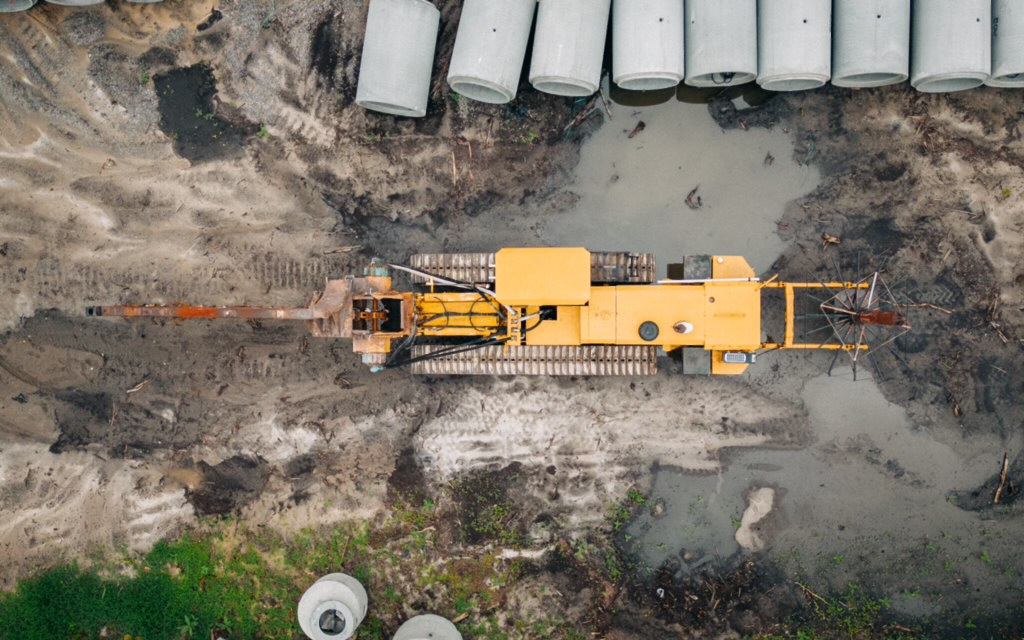Embarking on a construction project in a wet jobsite presents a multitude of challenges associated with excess groundwater. Understanding these risks is crucial for project managers and construction professionals to navigate potential issues effectively.
The Risks of Excess Site Groundwater
Shoring Instability: The Foundation Quandary
Excess groundwater infiltrating construction sites poses a significant threat to shoring stability. Shoring, the process of supporting trenches and excavations to prevent collapses, becomes precarious in the presence of water. What happens when the excess groundwater’s weight and pressure meets a shoring system? A high risk of cave-ins and excavation collapses! Ensuring the safety of workers demands meticulous attention to shoring design and continuous monitoring to counteract the destabilizing effects of groundwater.
Erosion: The Silent Risk
Erosion silently undermines the foundations of construction projects. Excess groundwater, especially when flowing or pooling, becomes a potent agent of erosion. It also compromises the integrity of structures and can pose long-term risk for collapse.
How can construction sites grappling with excess groundwater control erosion? Incorporating measures like vegetation cover, silt fences, and erosion control blankets are a great place to start.
Slope Failure: The Looming Landslide
Construction projects situated on slopes or with excavation activities affecting nearby slopes must prioritize slope stability assessments, and excess ground water can create slope failure. The additional water weight weakens the cohesion of soil, making slopes susceptible to landslides or collapses. Crews can implement stabilization measures such as retaining walls or soil reinforcement to counteract the destabilizing forces of groundwater.
Site Flooding: The Construction Deluge
Perhaps the most visible and obvious risk of excess groundwater is site flooding. Prolonged exposure to water can turn construction sites into temporary water bodies, impeding progress and causing extensive damage. Site flooding disrupts construction activities, leading to downtime and potential damage to equipment and materials. Robust drainage systems and dewatering plans are essential to swiftly address flooding issues. Proactive measures, including installing perimeter drains and utilizing sock drainage systems, can keep your project on track.
Settlement/Subsidence: The Ground Shift
Excess groundwater can induce settlement or subsidence in the soil beneath construction projects. As water infiltrates the soil, it displaces air, leading to a reduction in soil volume. This phenomenon can cause uneven settling of structures, resulting in structural damage and uneven surfaces. Mitigating settlement risks requires comprehensive soil analysis and tailored foundation design. Designing foundations that accommodate potential settlement and implementing monitoring systems are crucial to mitigating the long-term impact of settlement/subsidence.
Connect with East Coast Dewatering to explore how our expertise in groundwater control seamlessly integrates with your construction project, ensuring a successful construction journey.

